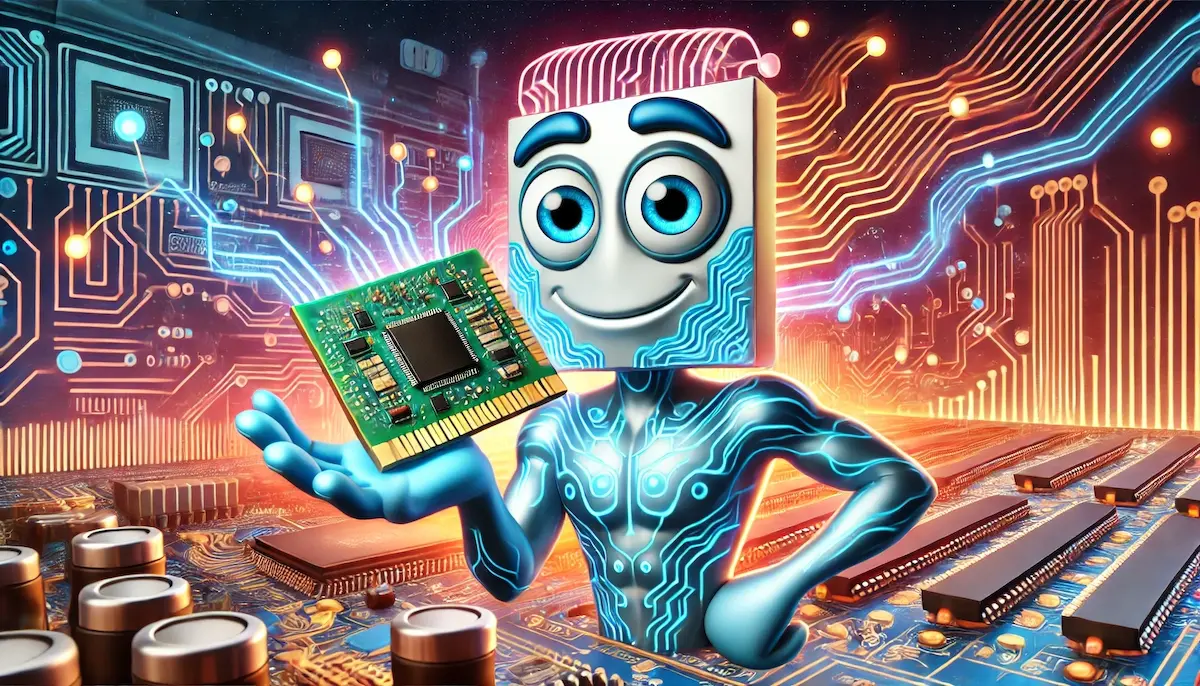Memristors, or memory resistors, are a type of non-volatile memory component that can retain information without power. These devices are unique because they combine the properties of both resistors and memory, making them capable of storing data and processing information in ways that traditional memory devices cannot. The development of memristors has the potential to revolutionize computing and electronic systems by providing faster, more efficient, and more durable memory solutions.
What Are Memristors?
Memristors are two-terminal devices whose resistance changes based on the history of voltage and current applied to them. The concept of the memristor was first theorized by Leon Chua in 1971, but it wasn’t until 2008 that a team at Hewlett-Packard (HP) Labs created the first practical memristor device.
Key Characteristics
Non-Volatility
Memristors retain their resistance state even when power is removed, making them non-volatile memory devices. This property allows them to store information without the need for continuous power, unlike traditional volatile memory such as DRAM.
Resistive Switching
The resistance of a memristor can be changed by applying a voltage or current. This resistive switching capability enables memristors to represent binary data (0s and 1s) by switching between high and low resistance states.
Analog Memory
In addition to digital data storage, memristors can also store analog information. This allows for a wider range of data representation and can be used in applications such as neural networks and analog computing.
Applications of Memristors
Data Storage
Memristors are poised to revolutionize data storage technologies. They can be used to create high-density, non-volatile memory (NVM) devices that offer faster read and write speeds, higher endurance, and lower power consumption compared to traditional flash memory. Memristor-based storage devices could potentially replace or complement existing solid-state drives (SSDs) and hard disk drives (HDDs).
Neuromorphic Computing
Neuromorphic computing aims to mimic the neural structures and operation of the human brain. Memristors are well-suited for this purpose because they can emulate synaptic functions by adjusting their resistance based on previous activity. This capability enables the development of more efficient and powerful artificial neural networks, advancing machine learning and artificial intelligence.
Logic Circuits
Memristors can also be used in logic circuits, providing an alternative to traditional transistors. Memristor-based logic circuits can offer advantages such as lower power consumption, higher speed, and reduced circuit complexity. This can lead to more efficient and compact processors for a wide range of computing devices.
Signal Processing
In signal processing, memristors can be used to create adaptive filters and analog computing elements. Their ability to store analog values and perform resistive switching makes them ideal for applications that require real-time data processing and adaptation.
Advantages of Memristors
Speed and Efficiency
Memristors can achieve faster read and write speeds compared to traditional memory devices. Their ability to change resistance quickly allows for rapid data access and processing, leading to improved performance in computing applications.
Durability
Memristors have high endurance and can withstand a large number of read/write cycles without degrading. This durability makes them suitable for applications that require frequent data updates, such as real-time data logging and high-performance computing.
Energy Efficiency
The low power consumption of memristors makes them an energy-efficient alternative to traditional memory technologies. This can lead to longer battery life in portable devices and reduced energy costs in data centers.
Scalability
Memristors can be scaled down to very small sizes, enabling the creation of high-density memory arrays. This scalability allows for the development of compact and high-capacity storage solutions that can meet the growing demands of modern computing.
Challenges and Future Directions
Manufacturing Complexity
The fabrication of memristors involves complex materials and processes, making large-scale production challenging. Researchers are working on developing more reliable and cost-effective manufacturing techniques to make memristors commercially viable.
Integration with Existing Technologies
Integrating memristors with existing electronic systems requires overcoming compatibility issues. Hybrid systems that combine memristors with traditional components are being explored, but seamless integration remains a significant challenge.
Material Stability
Ensuring the long-term stability and reliability of the materials used in memristors is crucial for their widespread adoption. Ongoing research aims to identify and optimize materials that can maintain consistent performance over time.
Conclusion
Memristors hold the promise of transforming the future of computing and electronic systems. With their unique combination of memory and resistance properties, they offer significant advantages in speed, efficiency, and durability. While there are challenges to overcome, the potential applications of memristors in data storage, neuromorphic computing, logic circuits, and signal processing are vast. As research and development continue, memristors are expected to play a crucial role in advancing technology and meeting the demands of an increasingly digital world.
Blockfine thanks you for reading and hopes you found this article helpful.
